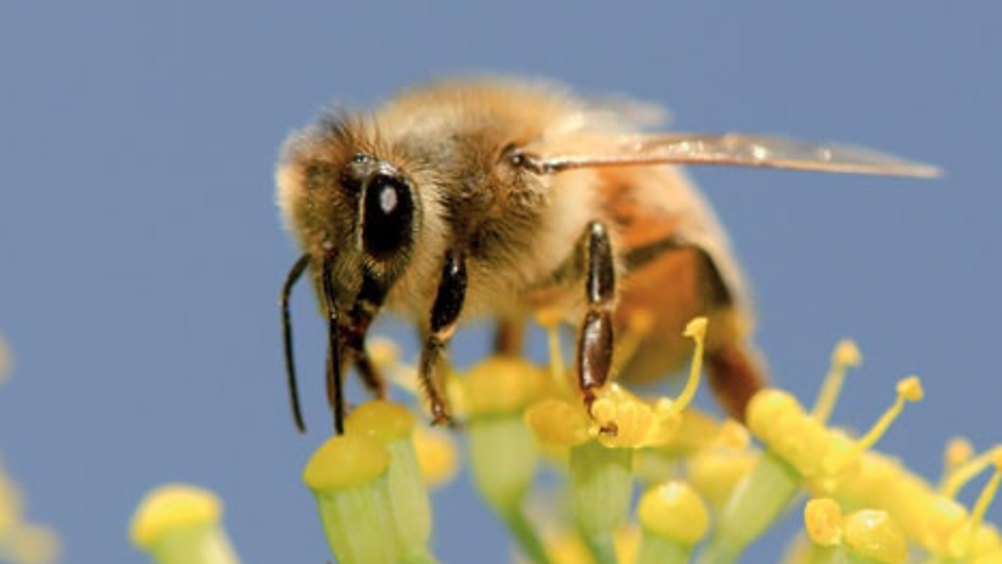RFID tags to provide insights into declining bee populations
Bees are being fitted with RFID tags in an effort to provide new insights into the threats facing the bee populations and the pollination services they provide.

The Royal Botanic Gardens, Kew is working with the Newcastle-based Tumbling Dice to trial a 4.8mm x 8mm sized microchip that can be glued to bees to track their movements.
According to Kew, the reading distance of the new miniaturised radio frequency identification (RFID) tags will enable researchers to detect tagged bees up to a 1.2m diameter from a detecting unit. Small tagging devices currently available only allow bees to be detected at distances of up to 1cm once they exit or return to their hives.
Tumbling Dice’s new technology was trialled by Kew scientist Dr Sarah Barlow on bumblebees in Kew’s Quarantine House.
A purpose built compartment inside the glasshouse had a bee proof screen with detection devices. Each RFID tag emits a unique signal to identify individual insects that are picked up by a detector unit.
The technology’s application in the wild could see a network of field-deployed detectors positioned within patches of flowers positioned around the landscape to track the distances and paths of tagged bees. A similar project was launched by CSIRO (Commonwealth Scientific and Industrial Research Organisation) in 2014 that involved fitting sensors measuring 2.5mm x 2.5mm onto honey bees.
Register now to continue reading
Thanks for visiting The Engineer. You’ve now reached your monthly limit of news stories. Register for free to unlock unlimited access to all of our news coverage, as well as premium content including opinion, in-depth features and special reports.
Benefits of registering
-
In-depth insights and coverage of key emerging trends
-
Unrestricted access to special reports throughout the year
-
Daily technology news delivered straight to your inbox










Water Sector Talent Exodus Could Cripple The Sector
Maybe if things are essential for the running of a country and we want to pay a fair price we should be running these utilities on a not for profit...